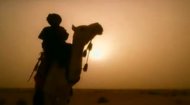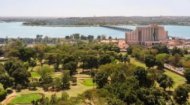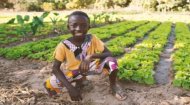|
|
It was then ruled as a dictatorship until 1991, when free and fair elections were established and subsequently gained a reputation as being one of the most secure democracies in Africa until the coup of March 2012 that reflected rising ethnic tensions and an influx of fighters - some linked to Al-Qa'ida - from Libya. Since then, the country has achieved periods of stability but ensured more periods of conflict with a further coup occurring in May 2021, when Colonel Assimi Goita arrested the interim president. Goita has now served as the sixth president of Mali since 2025.
Islam is the dominant religion, with over 90% of the population adhering to it, often blended with traditional animistic beliefs. The call to prayer echoes across cities and villages, and Friday mosques are central to community life. Despite religious differences, a strong sense of community, hospitality (Teranga), and respect for elders permeates Malian society. Malian culture is perhaps best known globally for its extraordinary music. It is the birthplace of the blues, a source of inspiration for countless musicians worldwide. Griots (Jèlí in Bambara), hereditary praise singers and storytellers, are the custodians of oral history, genealogy, and traditional music, playing instruments like the kora (a 21-string harp-lute), ngoni (lute), and balafon (xylophone). Artists like Ali Farka Touré, Salif Keita, Oumou Sangaré, and Toumani Diabaté have brought Malian sounds to international acclaim, showcasing the deep spiritual and emotional resonance embedded in their music. Traditional dance, vibrant textiles, and intricate artisanal crafts also play a crucial role in cultural expression. |
Mali Profile |
Mali Profile |
Mali Profile | Mali Profile |
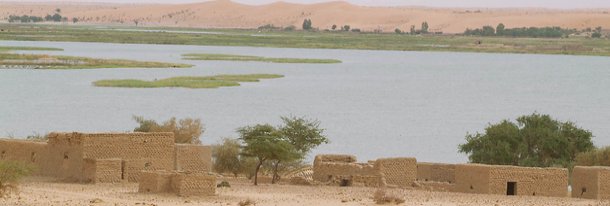
|
Despite its rich history and cultural wealth, Mali faces significant economic challenges and is ranked in 188th place out of 193 countries and territories in 2023 in terms of life expectancy, literacy, access to knowledge and the living standards of a country make it well short of even sub-Saharan standards. Agriculture forms the backbone of the economy, employing a majority of the population. Cotton is the principal export crop, making Mali one of Africa's leading cotton producers. Other important agricultural products include rice, millet, maize, and groundnuts, primarily for subsistence. The Niger River, a lifeblood, irrigates vast tracts of land, supporting cultivation and fishing. Livestock rearing, particularly by the Fulani, is also a vital economic activity. Gold mining is another crucial sector, contributing significantly to government revenue and export earnings. Mali is one of Africa's top gold producers, with both large-scale commercial mines and artisanal operations. Beyond these, a robust informal sector thrives, encompassing small-scale trade, artisanal crafts (leather goods, pottery, jewellery), and local services. However, Mali's economy is vulnerable to external shocks, including fluctuations in global commodity prices, climate change (leading to desertification and droughts), and political instability, which deters foreign investment and disrupts trade. Developing infrastructure, diversifying the economy, and improving access to education and healthcare remain key priorities for sustainable growth. Daily life in Mali is a blend of ancient customs and modern aspirations, though largely dictated by geographical and economic realities. In Bamako, the busy capital, life moves at a rapid pace. Markets like Dibida and the Grand Marché are chaotic, colourful hubs where everything from fresh produce to electronics, textiles, and traditional medicines can be found. Motorbikes and "Sotrama" minibuses navigate the congested streets, while the Niger River flows majestically through the city, offering a cooler respite. Urban Malians embrace a mix of traditional and contemporary lifestyles, with music and social gatherings playing a central role. In rural areas, which comprise the majority of the country, life is more measured and revolves around agricultural cycles and community. Villages are often characterised by mud-brick dwellings, and daily routines involve tending fields, fetching water (often a significant burden for women), and caring for livestock. Meals are typically shared, often consisting of tô (a stiff porridge made from millet or sorghum) with a sauce, or riz au gras (a local version of jollof rice). Tea-drinking is a ubiquitous social ritual, a symbol of hospitality and connection. Family ties are incredibly strong, and extended families often live together, supporting each other through life's challenges. Despite hardships, a deep sense of community, resilience, and joy are evident in everyday interactions. Mali's historical and cultural treasures are immense, making it a dream destination for intrepid travellers, though current security concerns necessitate extreme caution and adherence to travel advisories. The following attractions are well worth a visit, conditions permitting: Timbuktu: The legendary "City of 333 Saints" remains an evocative symbol of learning and ancient trade. Its mud-brick mosques (Djinguereber, Sankore, and Sidi Yahia) and vast collections of ancient manuscripts offer a glimpse into its glorious past as a scholarly powerhouse. Life expectancy for its 24.8 million (2025) people is 60.44 years (2025). For more about Mali check out the profile articles above. |
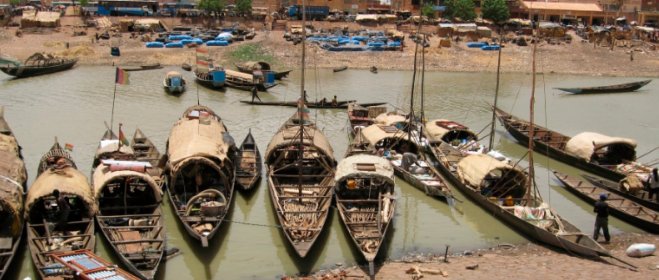
 Mali's social profile is a mosaic of ethnic groups, each contributing to the country's tapestry. The Bambara constitute the largest group, predominantly found in the south, known for their agricultural traditions and intricate mask dances. Other significant groups include the Fulani (Peul), famed cattle herders who span much of West Africa; the Dogon, renowned for their unique cliff-dwelling architecture and complex spiritual beliefs along the Bandiagara Escarpment; the Songhai, inheritors of a grand imperial past; and the Tuareg, the nomadic "blue people of the desert" who navigate the Sahara’s vastness.
Mali's social profile is a mosaic of ethnic groups, each contributing to the country's tapestry. The Bambara constitute the largest group, predominantly found in the south, known for their agricultural traditions and intricate mask dances. Other significant groups include the Fulani (Peul), famed cattle herders who span much of West Africa; the Dogon, renowned for their unique cliff-dwelling architecture and complex spiritual beliefs along the Bandiagara Escarpment; the Songhai, inheritors of a grand imperial past; and the Tuareg, the nomadic "blue people of the desert" who navigate the Sahara’s vastness.